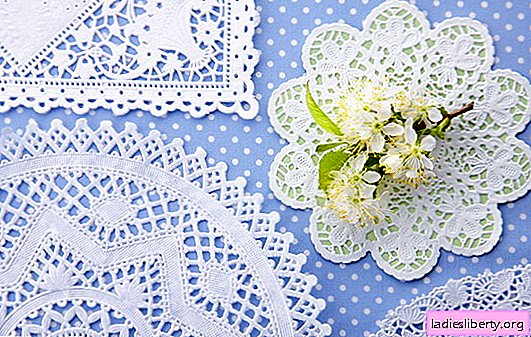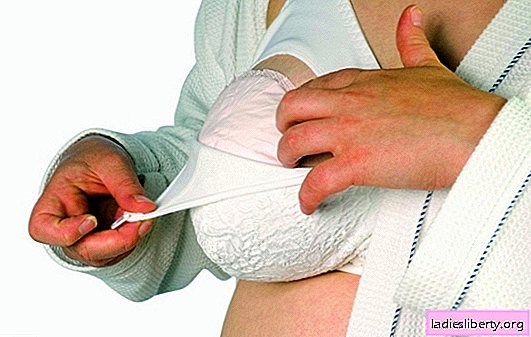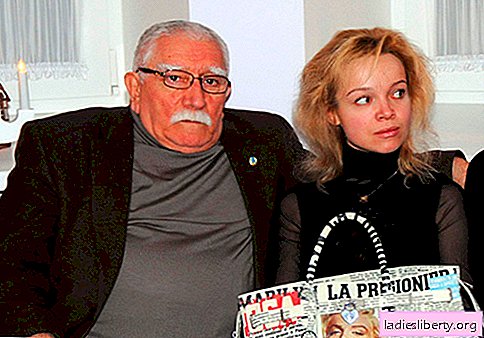
It is pleasant to surprise guests at the festive feast with handmade napkins.
To create them, you do not need to buy expensive and original fabric.
It is better to use the remnants of textiles of past years.
They are always in fashion.
And winding pleasant memories.
DIY napkin option number 1
This first option is easy to sew. Everyone made a rectangular. The line fits easily. The master class is designed to make six napkins.
The following materials and tools will be needed in the work: fabric 63/45 cm in size, fabric as a companion, matching threads for both fabrics, ruler, tailor's chalk, scissors, pins, iron, ironing board and sewing machine.

Workflow steps:
1. The washed and smoothed fabric is laid out on the desktop. Future napkins are measured and drawn on it. Each is 21 cm2 (as indicated in the figure);

2. The selected fabric as a companion is cut into rectangles 21/3 cm in size. 6 details are required to be cut;
3. Then you need to iron the edges of the fabric selected as a companion. The bend on one side only is 0.5 cm;
4. Now you need to properly apply one fabric to another and sew a napkin. The main fabric is laid on the table face up. The lower part, which will be connected to the companion fabric, is bent 1 cm up and ironed. The second fabric that is used as a companion is superimposed on top. Its front side is up. The fold of one fabric lay on the fold of another fabric. It is recommended to secure the position with pins;
5. On the sewing machine, two lines are laid. Both are 1 mm from the edge. Each line can be laid from different sides. Such a “line 1 mm from the edge” is laid by a special foot, which is usually attached to the sewing machine;
6. The result is a napkin. Now you need to process the edges. They are bent by 0.5 cm and ironed. The fabric bends inward and ironed again. After that, you can lay a fixing line along all edges of the napkin;

7. In a similar way to complete the remaining five napkins.
DIY napkin option number 2
This is a more complicated sewing technique. Patience and endurance are required. The napkin is not intended for rubbing the corners of the mouth, but is needed for laying under the dish. She has a pocket where you can put a thin napkin on the dining room.

The following materials and tools will be needed in the work: fabrics of different colors for the front side, multi-colored fabrics for lining, batting, braid, matching threads, ruler, chalk tailor's, scissors, pins, iron, ironing board and sewing machine.
Workflow steps:
1. Washed and ironed fabrics are ironed onto the work surface. For a pocket, a 22/12 cm rectangle is cut out. The triangles in the figure are cut out of the rectangles. Two 8/12 cm rectangles are cut out. And another 22/32 cm rectangle;

2. From the fabric (in the figure - in a blue strip) are cut: a square of 25.5 cm (for a simple napkin), two squares of 8.5 cm. The last two are divided into two triangular parts each;
3. Two squares of 8.5 cm are cut from the fabric (in the figure - with a gray strip). They are also divided into triangles;
4. One large rectangle measuring 25.5 / 38 cm is cut from batting. If desired, the batting layer can be double;
5. The triangles are aligned and stitched on the wrong side. Combined fabrics are recommended to be immediately fastened with pins;

6. Decor pocket. A piece of fabric for the pocket is taken and the side that will be in the upper part is bent inward twice and stitched. A seam is sewn from the wrong side;

7. A large square with triangles sewn together is sewn to a piece of fabric along with a pocket (as in the above figure);
8. Then batting is laid from below. If desired, another colored fabric can be sewn under the batting so that the wrong side of the napkin looks more beautiful with its own hands;

9. Stitches are laid exactly over the connection of different fabrics;

10. The fabric under the pocket is sewn in a special way. Parallel lines are superimposed at a distance of two centimeters from each other. Stitches are sewn into a single multi-colored fabric with batting;

11. The resulting do-it-yourself napkin is bent twice along all edges and ironed;
12. A braid is applied from the wrong side. It is attached to pins in a circle on the entire napkin;
13. Ribbon with curled edges is sewn in one step. A variant is possible when the curved edges are first stitched and only then the braid. The first option requires more experience and skill;

14. A small thin napkin is sewn in a simple pattern. Its edges are bent twice on the wrong side. Bends are fixed with pins. The fixing line is laid. The product is smoothed.
It turned out a wonderful dining napkin with a complex cut. Due to batting, she acquired some insulating temperature properties. You can put burning dishes on a do-it-yourself napkin. If necessary, it can be washed in a washing machine without fear of damaging the fabric.











